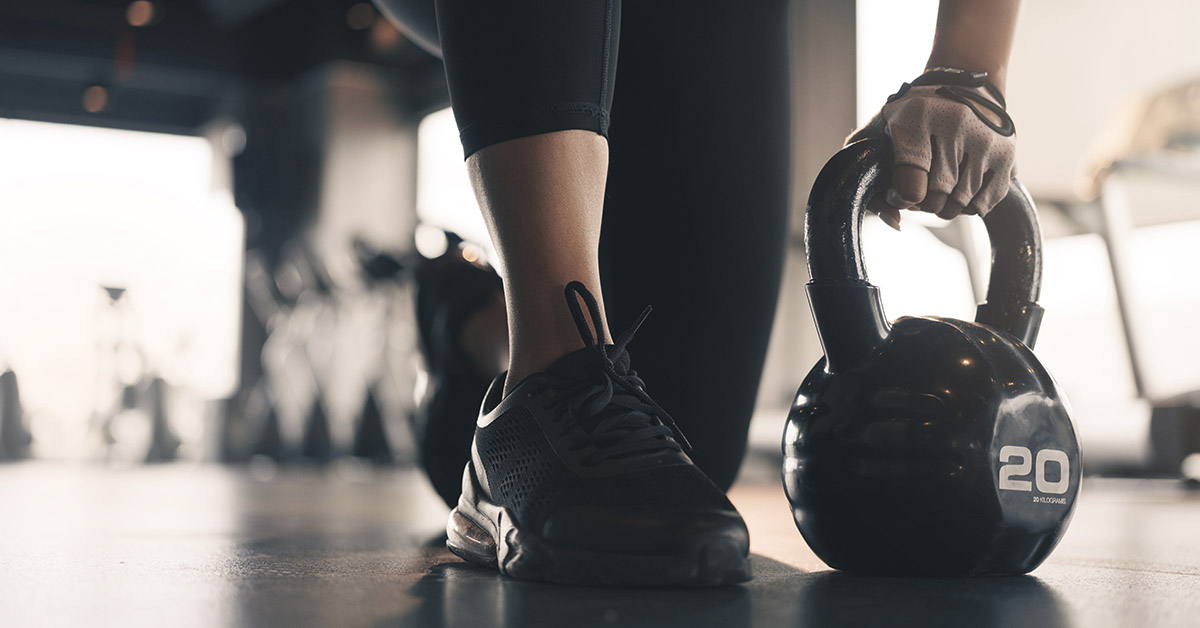Anyone who has ever started a new workout routine or signed up with a personal trainer has heard this line: Don’t expect to see results right away. We know that doing one workout won’t mean we wake up the next day to chiseled abs or a smaller waistline. The question is, though, how quickly do your muscles actually start experiencing results, perhaps even long before you can see them? According to this scientific research, much quicker than you might think.
How Long Does It Actually Take To Build Muscle?
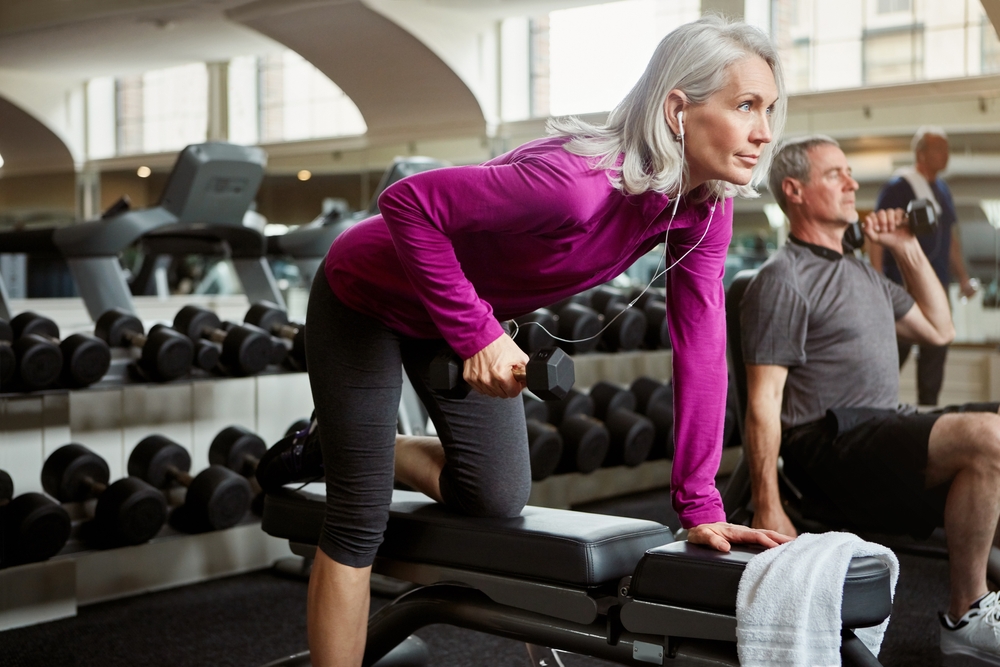
A recent study published in the journal Medicine & Science in Sports & Exercise took a critical look at how our efforts during resistance training affect muscle growth and strength. The researcher’s goal was to compare training until failure with stopping just before that point, to understand which approach leads to better muscle thickness, strength, power, endurance, and the ability to estimate workout remaining reps. What they found was rather interesting.
What the Study Involved
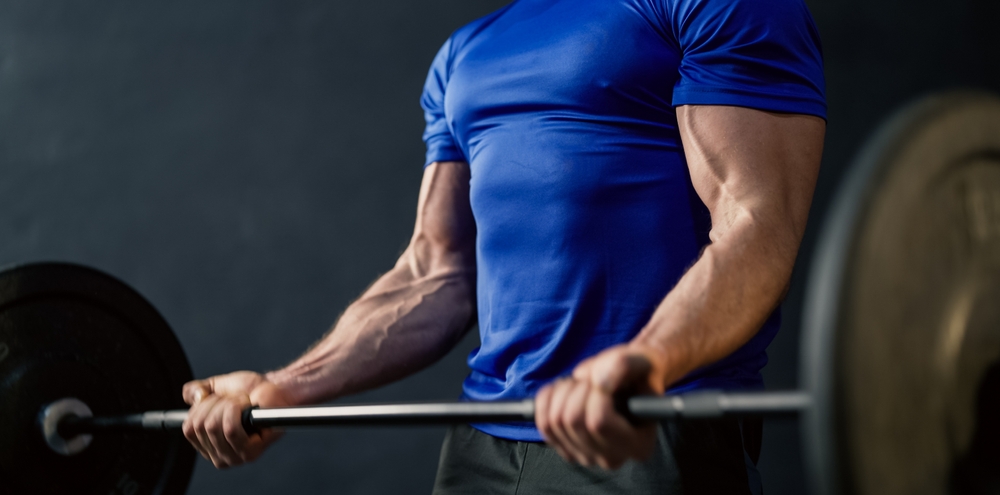
The researchers took 42 young individuals who were already familiar with strength and resistance training and split them into two groups. One group did exercises until they couldn’t continue (aka, to failure, which they called the FAIL group), while the other group stopped when they still had a couple reps left in the tank. This group was called the 2-RIR group. Both groups did single-set workouts for eight weeks, twice per week, targeting different muscle groups.
What the Results Showed
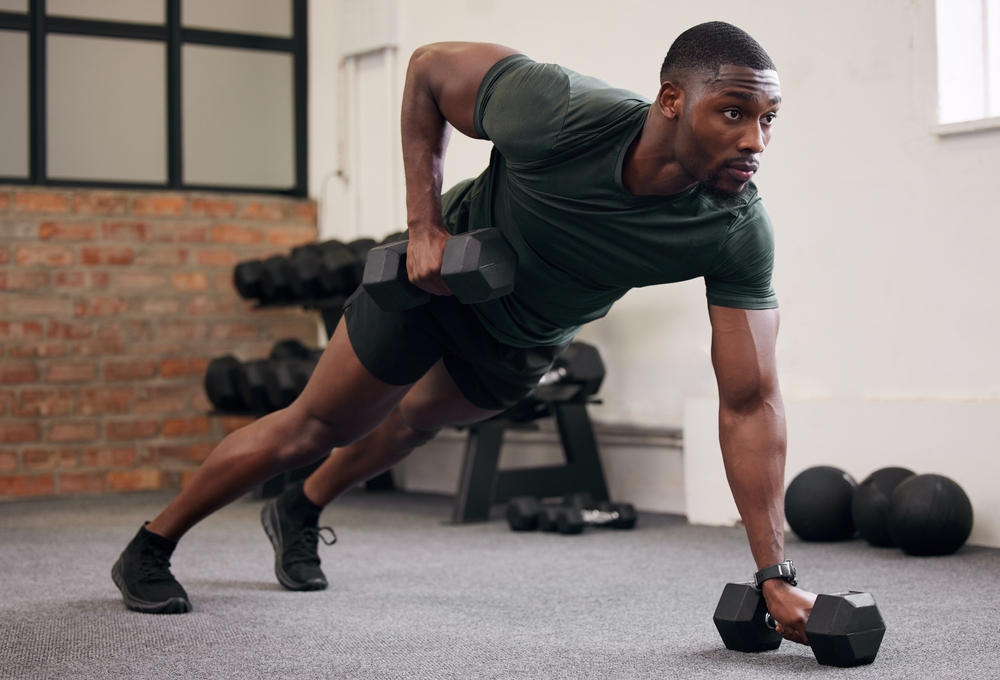
Unsurprisingly, both groups saw improvements in muscle growth, strength, and endurance. After all, they were both working out and pushing their bodies. The way this manifested, however, was slightly different between the two groups. The FAIL group showed slightly better muscle growth, although the differences here were not huge. The 2-RIR group, however, saw slightly more improvement in strength and endurance. Either way, both groups got better at estimating how many reps that had left in them during their workouts. The best improvement in this area was seen in the bench press lift.
Key Takeaways

The main takeaways from this study are that, first of all, you will see results in the gym much sooner than you think. While these may or may not be reflected in the mirror or on the scale, they will be reflected in your strength, endurance, and muscle density. If you stick with it, this will eventually translate into physical appearance, provided it is paired with a healthy diet and sleep routine. Second, it shows that, in resistance training, whether you push to failure or stop just shy of it, your workout will still be effective for building muscle and strength. You will be required to push yourself in both cases. However, the way that is set up in your workout will look slightly different. If you are unsure how to know if you are at failure versus a couple of reps out from it, consider working with a coach.
Read More: 10 Exercises to Help Strengthen Your Knees
Exercise Recommendations for Adults
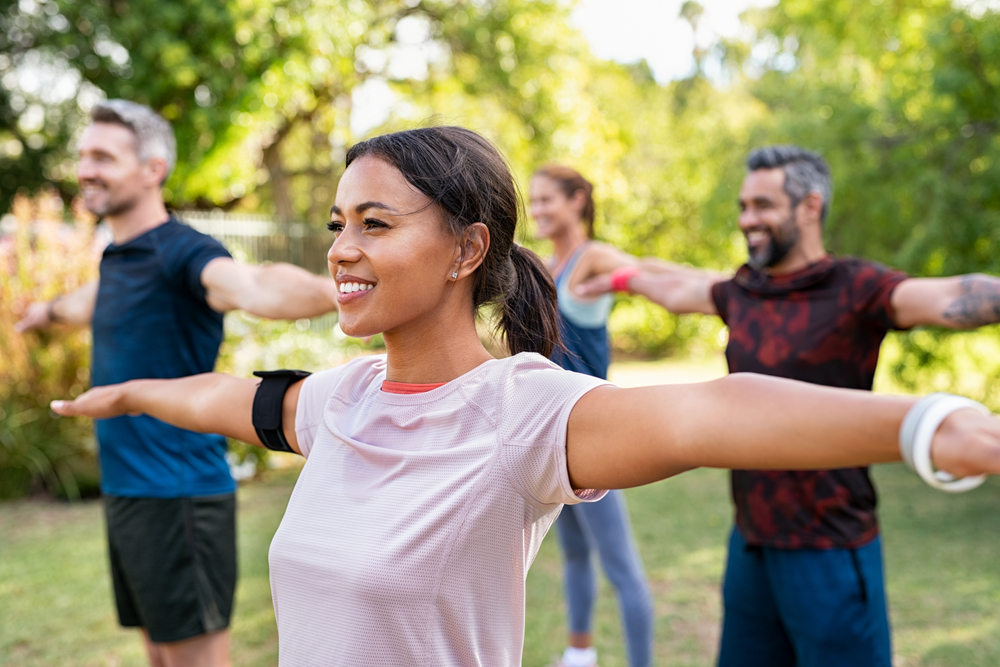
All adults (and children and teens, for that matter) should aim to incorporate a well-rounded exercise routine into their weekly schedule. A well-rounded fitness routine is one that includes cardiovascular training, strength training, as well as mobility and flexibility training. While this sounds like a lot, it doesn’t actually mean you need to spend hours at the gym each day.
Strength Training
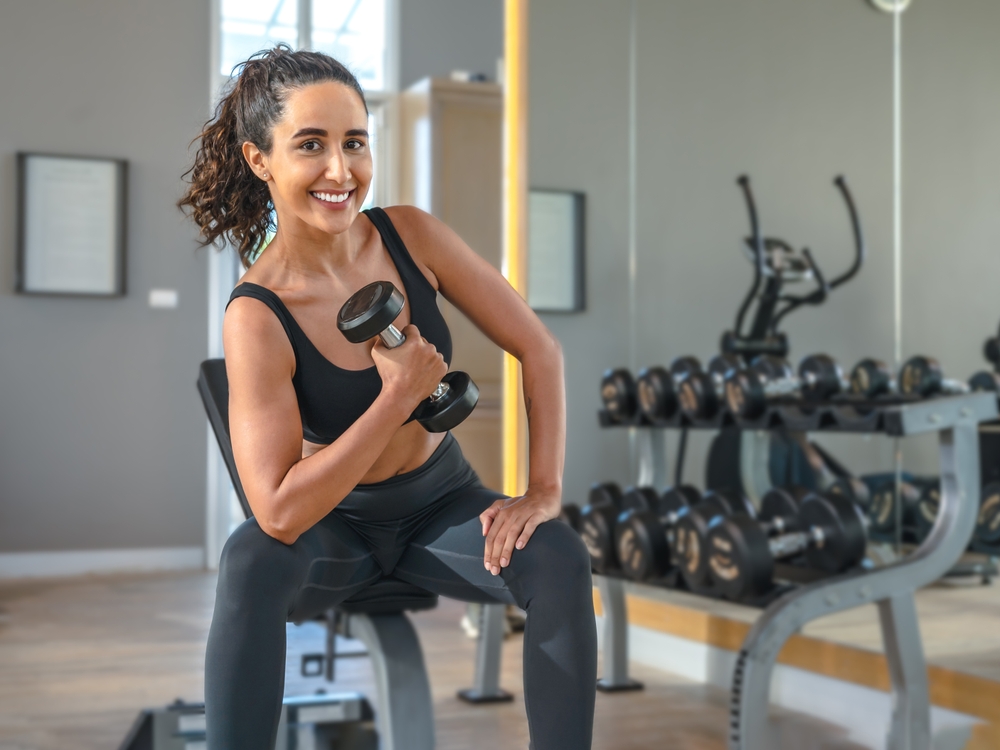
Strength training is crucial for building and maintaining muscle mass, improving bone density, and enhancing overall strength. Adults should strength train, including weightlifting, bodyweight exercises, and other strength-focused exercises, at least twice a week. These workouts should target all muscle groups, including the legs, arms, shoulders, chest, back, and core. Routines should target both big muscle groups as well as smaller ones. These workouts will help to reduce age-related muscle loss and promote more stability and better physical function.
Cardiovascular Training

Cardiovascular training is 100% necessary for the health of your heart, as well as your lungs and your overall endurance. On top of that, it can be very effective for weight management. Adults should aim to accumulate at least 150 minutes of moderate-intensity or 75 minutes of vigorous-intensity aerobic activity each week, or a combination of both. Depending on your level of fitness, these activities can include brisk walking, biking, swimming, running, dancing, skipping, hiking, and any activity that gets your heart rate up for a sustained period of time. Most sports, such as soccer, basketball, tennis, rugby, and others, fall into this category. This doesn’t have to mean a lot – it adds up to about 10 to 20 minutes per day of the week. The important thing is to choose activities that you enjoy so that you will have fun pushing yourself.
Flexibility and Mobility Training
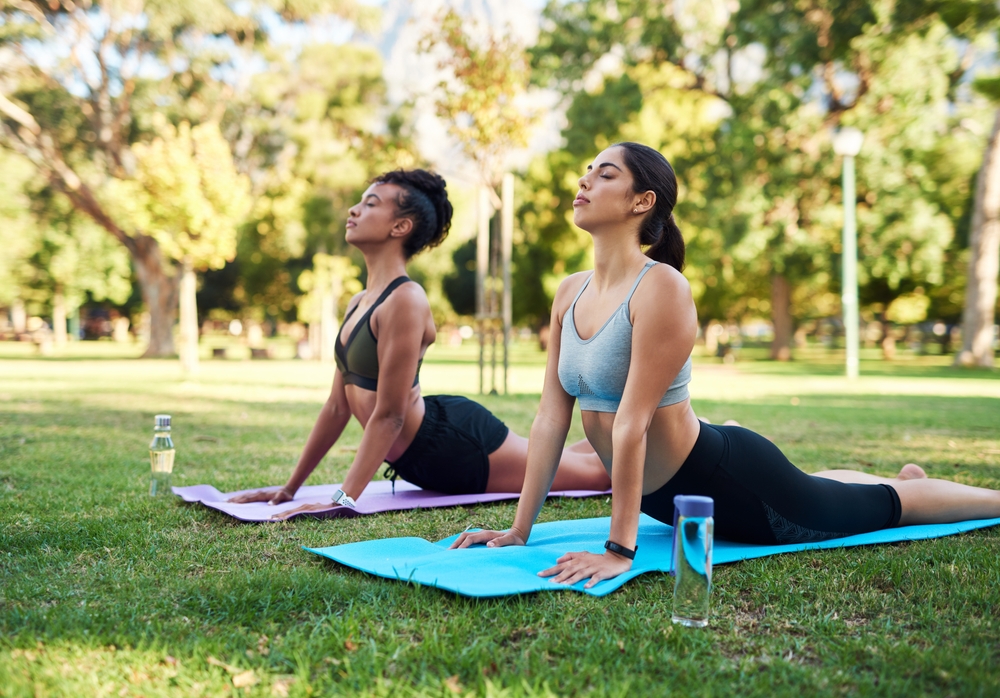
Flexibility and mobility training are essential for maintaining healthy joints, preventing injuries, and enhancing overall physical performance. Activities that work on flexibility and mobility include yoga, Pilates, stretching exercises, and focused mobility work. These types of activities help to maintain full range of motion and alleviate muscle tension. They can also help to improve balance and stability. Experts recommend to perform flexibility exercises at least two to three times per week for optimal benefits.
The Bottom Line
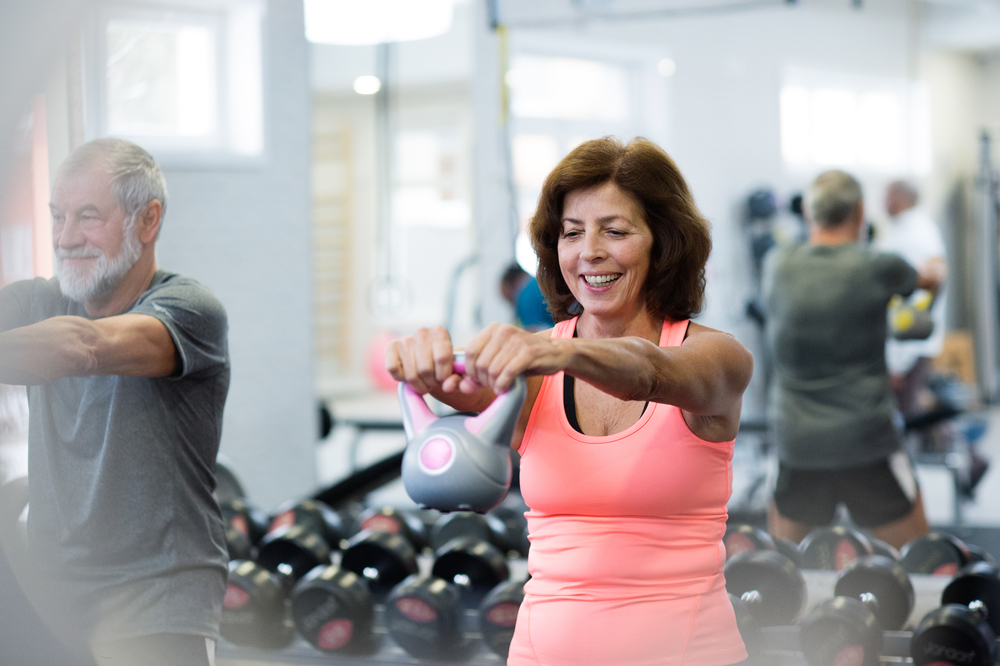
Strength training is a critical part of health and fitness. Understanding how different efforts during resistance training sessions impact muscle growth can help you tailor your fitness goals more effectively. This new study offers some practical insights into how small tweaks in your workouts can lead to noticeable improvements over time without having to spend more time in the gym. In general, all adults should be incorporating intentional movement into their day every single day, switching it up between strength, cardiovascular, and flexibility training. It doesn’t have to be long, complicated, or mean spending hours inside a gym. Find activities that you enjoy and do them as much as possible. Your health will thank you for it.
